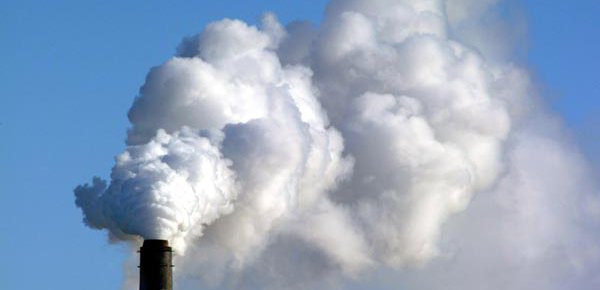RES penetration in the global energy mix stands to experience rapid growth but, even so, CO2 emissions will rise slightly, compared to current levels, as a result of an increase in primary energy demand over the next 25 years, according to an IEA World Energy Outlook 207 report covering 2016 to 2040.
This essentially means current CO2 emission concerns will remain an issue in the years ahead and obstruct climate change objectives from being reached, unless far more ambitious policies, an unlikely prospect, are applied.
Over the next 25 years, the world’s growing energy needs will first be met by renewables and natural gas, as fast-declining costs turn solar power into the cheapest source of new electricity generation, the IEA report notes.
Global energy demand is expected to be 30 percent higher by 2040, half as much as it would have been without efficiency improvements, according to the report.
It added that the boom years for coal are over — in the absence of large-scale carbon capture, utilization and storage (CCUS) — and rising oil demand will slow down but not reversed before 2040 even as electric-car sales rise steeply.
Solar PV is set to lead capacity additions, pushed by deployment in China and India, while, in the EU, wind stands to become the leading source of electricity soon after 2030, according to the IEA report.
“Solar is forging ahead in global power markets as it becomes the cheapest source of electricity generation in many places, including China and India,” noted Dr Fatih Birol, the IEA’s executive director. “Electric vehicles (EVs) are in the fast lane as a result of government support and declining battery costs but it is far too early to write the obituary of oil, as growth for trucks, petrochemicals, shipping and aviation keep pushing demand higher. The US will become the undisputed leader for oil and gas production for decades, which represents a major upheaval for international market dynamics.”
These themes – as well as the future role of oil and gas in the energy mix, how clean-energy technologies are deploying, and the need for more investment in CCUS – were among the key topics discussed by the world’s energy leaders at the IEA’s 2017 Ministerial Meeting in Paris last week.





